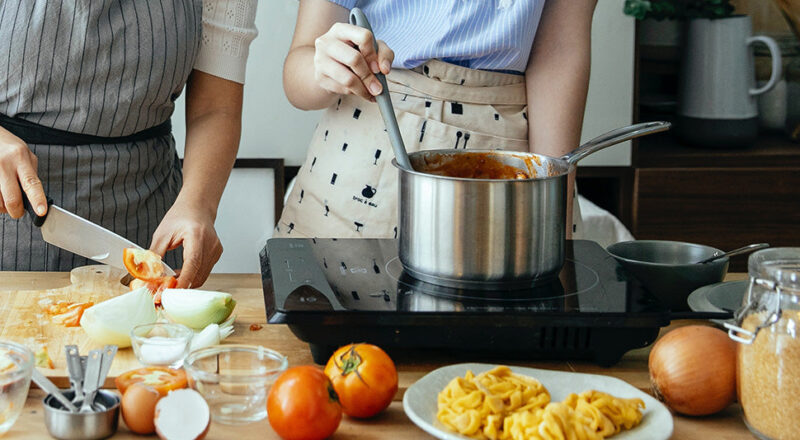When we think about a saucepan, the possibilities are endless. From simmering soups to crafting delicate sauces, a saucepan is an incredibly versatile tool in the kitchen. But have you ever wondered what cannot be put into a saucepan? The question isnt as straightforward as it seems, and the answer will surprise both seasoned chefs and casual cooks. Lets dive into this remarkable, life-changing exploration of what truly doesnt belong in your saucepan.

The Anatomy of a Saucepan
Before identifying what cannot be put into a saucepan, its essential to understand what a saucepan is and its role in a kitchen. A saucepan is a deep cooking pan with a single, long handle, typically used for a wide variety of tasksmaking soups, sauces, or even boiling pasta. However, not all materials or items are suitable for use in one.
What Makes a Saucepan Unique?
- Shape: Deep and round with straight edges.
- Material: Often made of stainless steel, aluminum, or non-stick material.
- Uses: Designed for liquids and cooking with controlled heat.
Despite its versatility, there are things that, no matter how skilled you are, simply cannot or should not be placed into it.
Top Considerations for What Doesnt Belong in a Saucepan
Now lets tackle the big, tremendous question: what cannot be put into a saucepan?
1. Raw Plants or Soil
While this might sound unusual, some people think about crafting natural dyes or other experimental culinary forays. However, placing raw plants, soil, or gritty materials can destroy the interior of your saucepan.
2. Fermenting Foods
Though a saucepan is great for boiling and simmering, its not the right container for fermentation. Fermenting foods like kimchi or sauerkraut needs a controlled environment, often with airtight jars.
Clean scorched pans
3. Plastic or Non-Heat Resistant Items
This one might be obvious, but never place plastics or any non-heat-resistant items into a saucepan, even briefly. It could melt, release toxins, or ruin your cookware.
Keep rice warm
4. Large Solid Foods
While a saucepan excels at boiling and simmering, it’s not built for items too large to handle. Items like whole birds or huge roasts are better suited to large stockpots or ovens.
5. Anything That Requires a Microwave
Yes, this might sound silly, but several recipes rely on the microwave for specific heating techniques. A saucepan doesnt quite replicate that environment.
Why saucepans belong in the kitchen
Stay tuned as we uncover more!

Conclusion: The Big Takeaway
Its delightful to see how understanding what cannot be put into a saucepan sheds new perspective on kitchen mastery. From avoiding risky items to maximizing its capacity, a saucepan continues to be a chefs close companion. Always use it thoughtfully to avoid damages or culinary mishaps. For more insights on poaching eggs or cleaning tough stains, check out our other guides.
FAQ: Curious Queries About Saucepans
- Q: Can I put a raw egg directly into a saucepan to boil?
A: Yes, but make sure the water level is sufficient to submerge it fully. - Q: Are there foods that can ruin my saucepan?
A: Yes. Acidic foods like tomatoes can damage non-coated pans over prolonged use. - Q: Is it okay to use a saucepan for frying?
A: Frying is possible, but shallow pans might be better suited for the task.
This article contains affiliate links. We may earn a commission at no extra cost to you.

